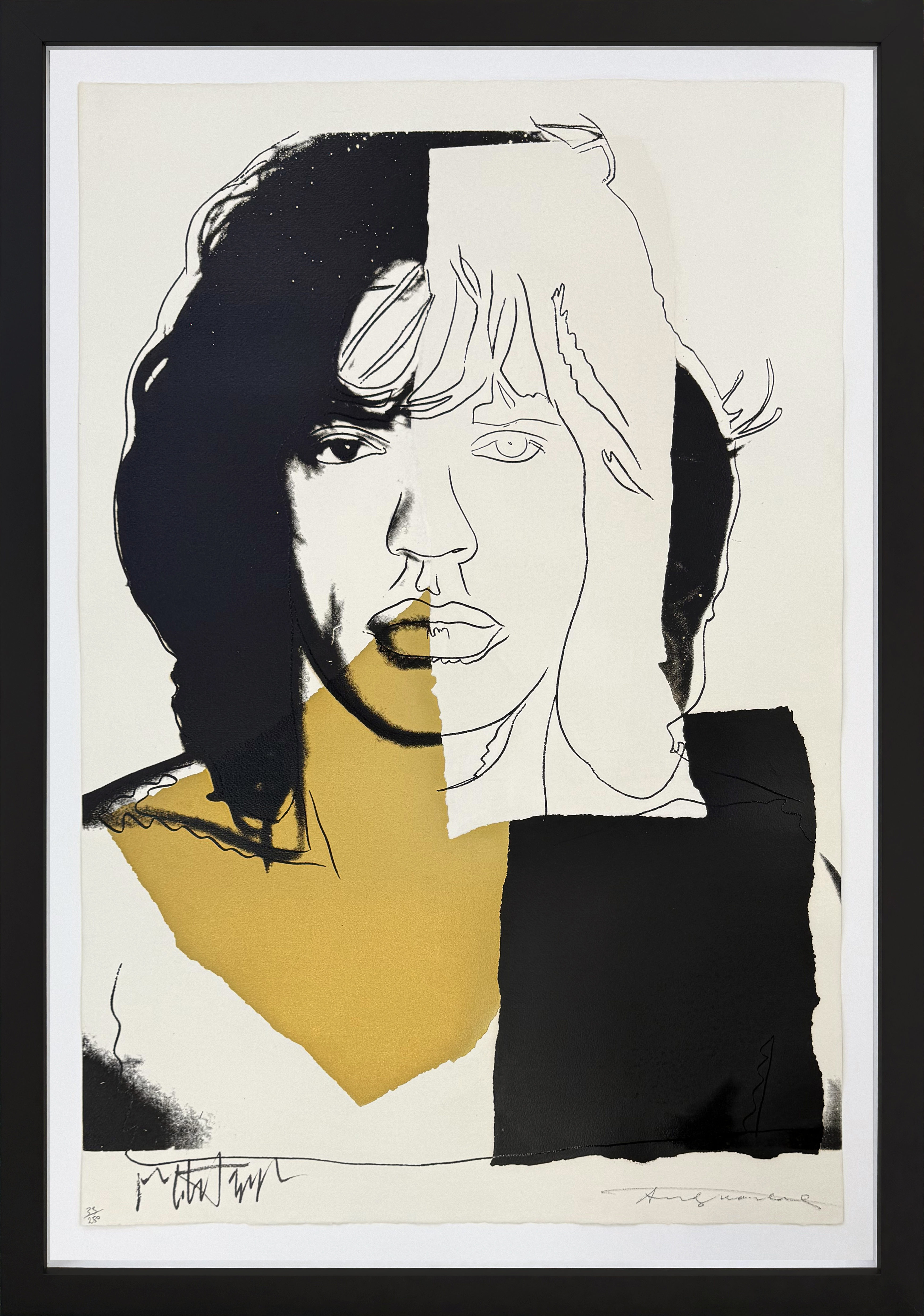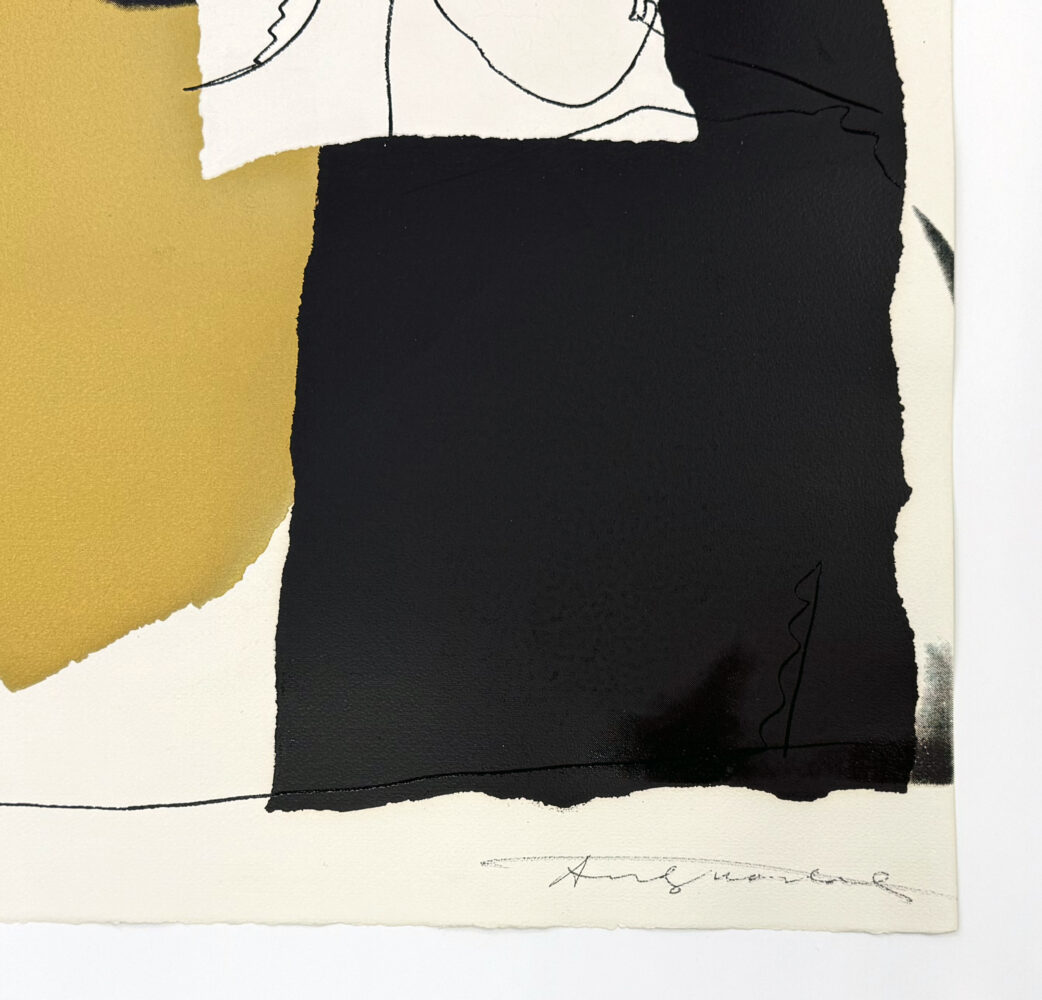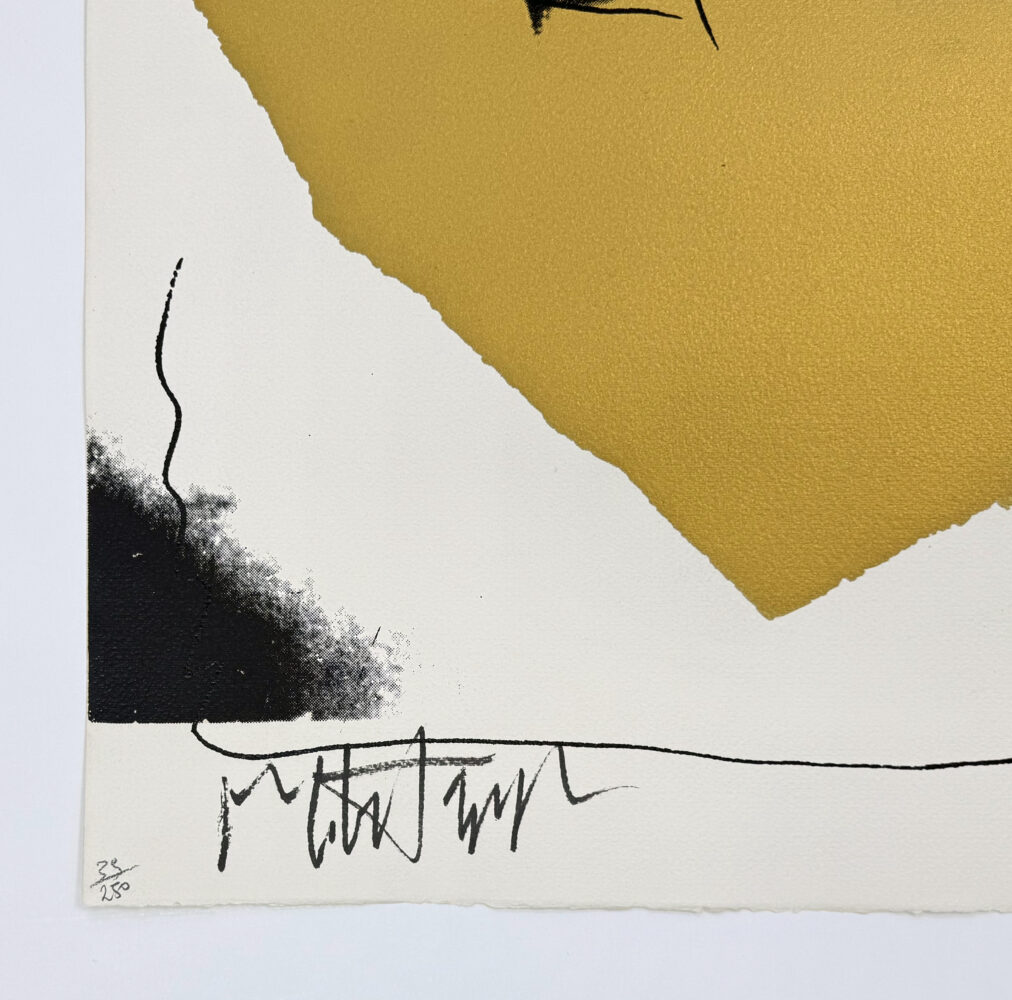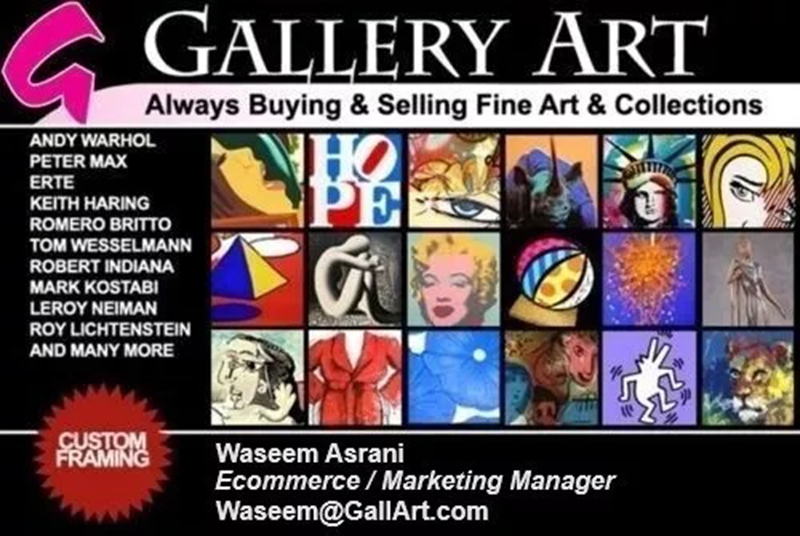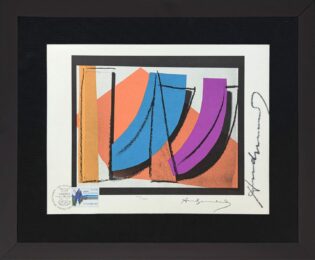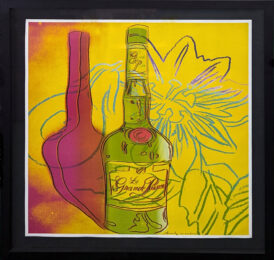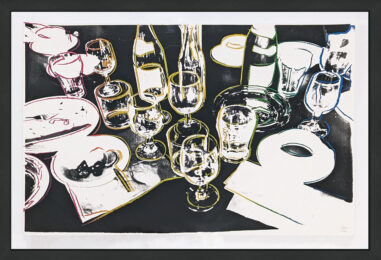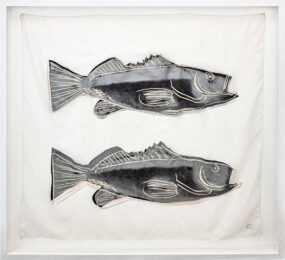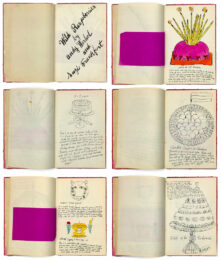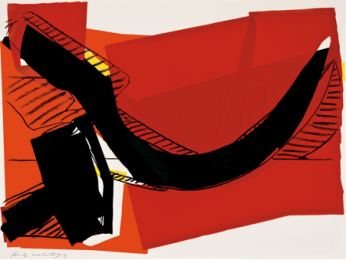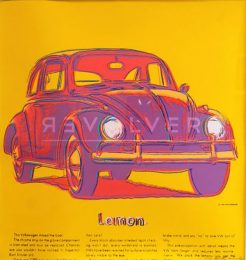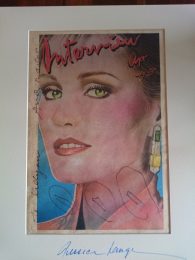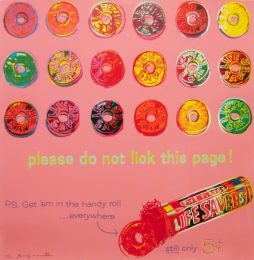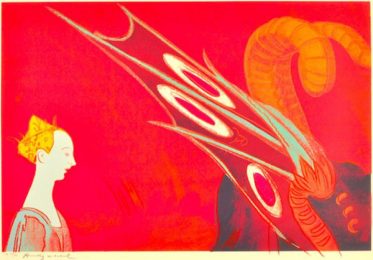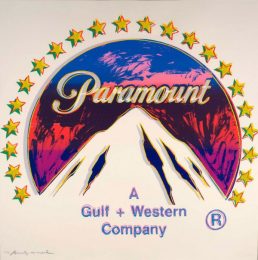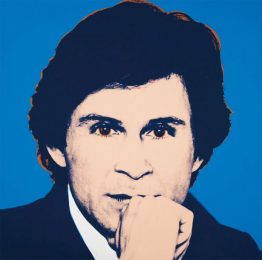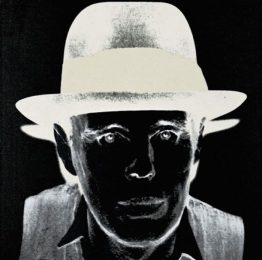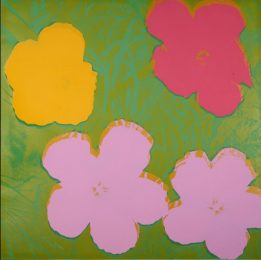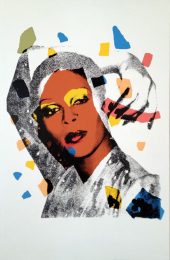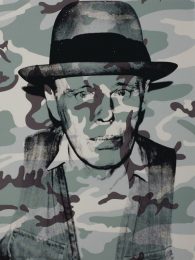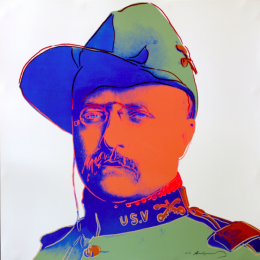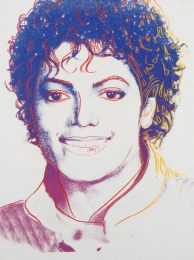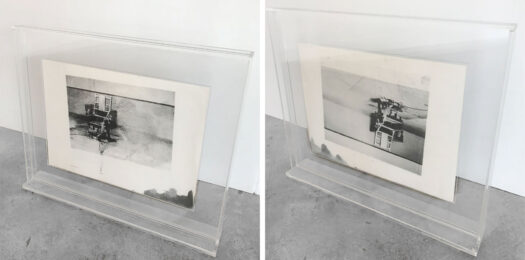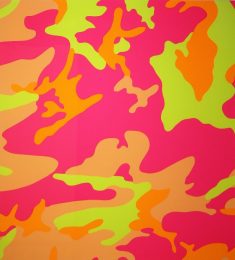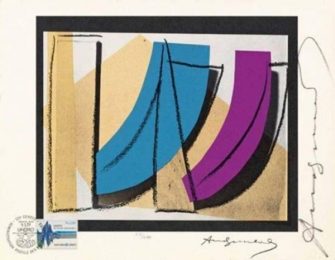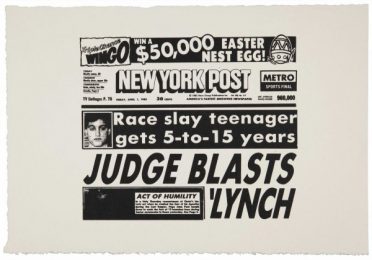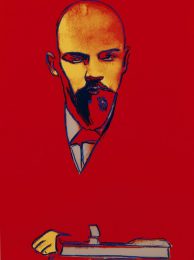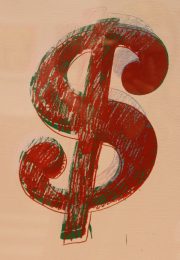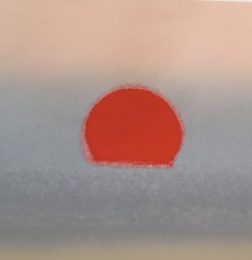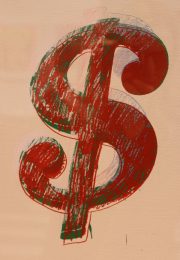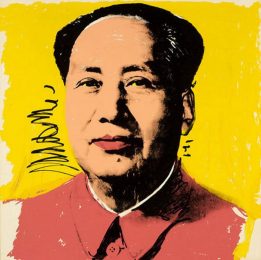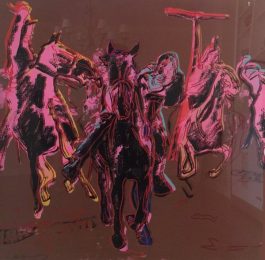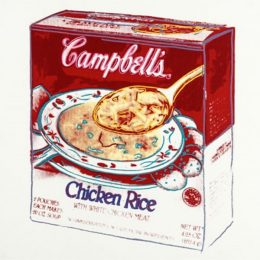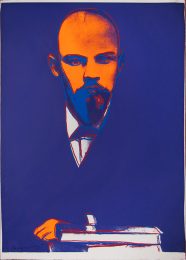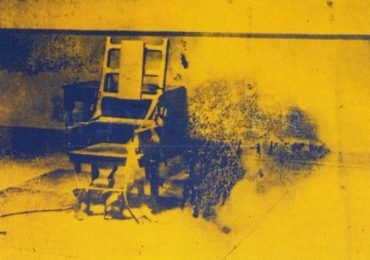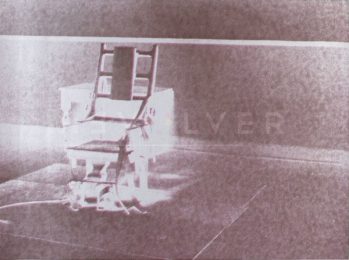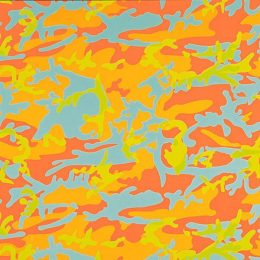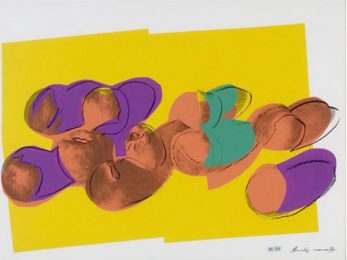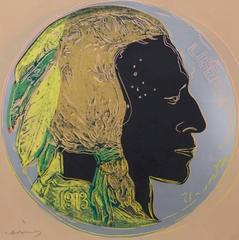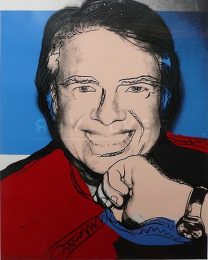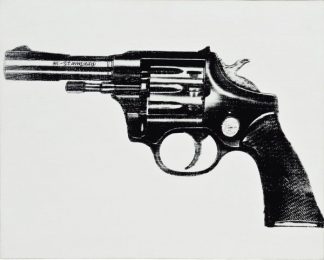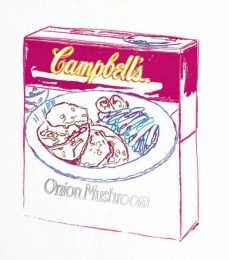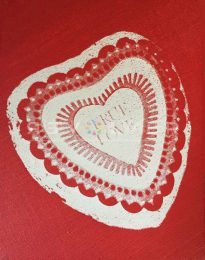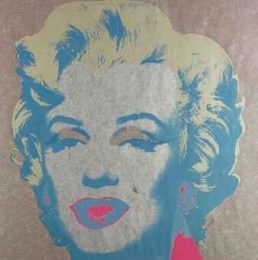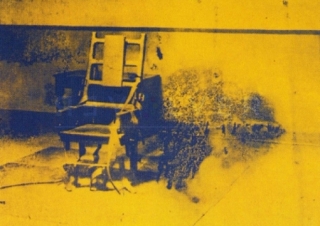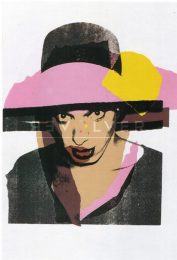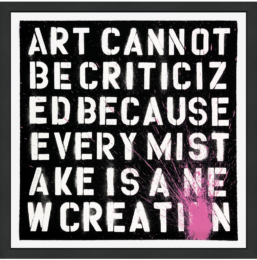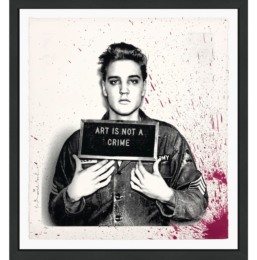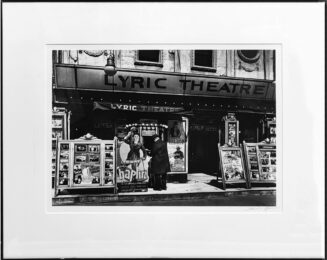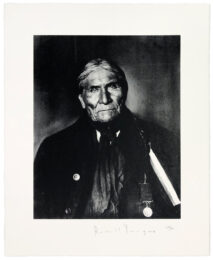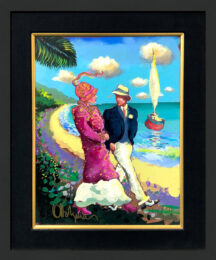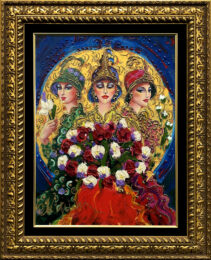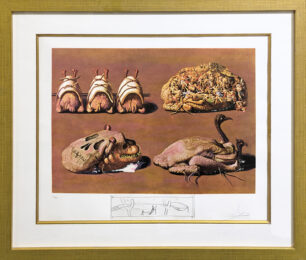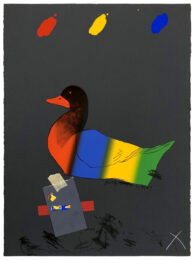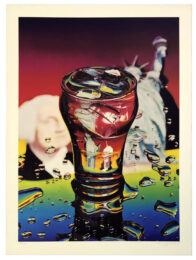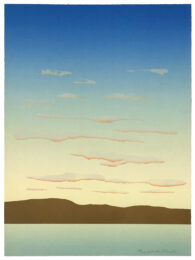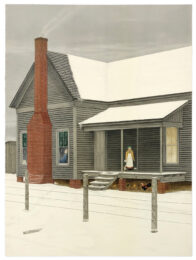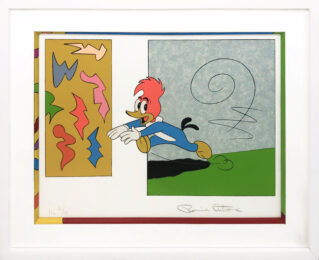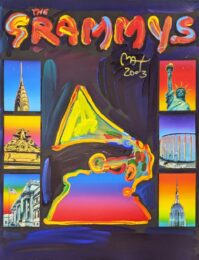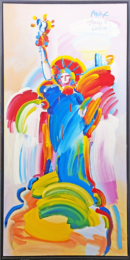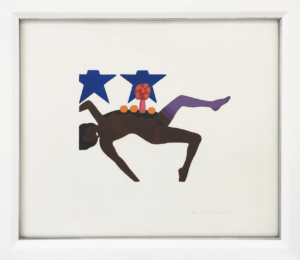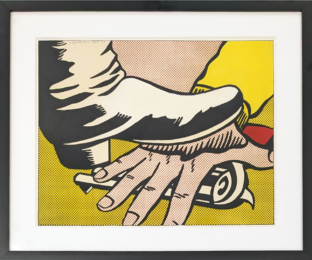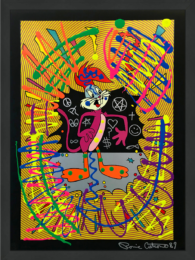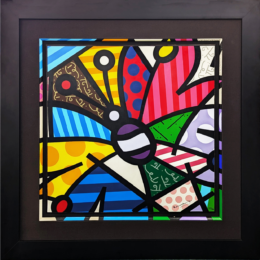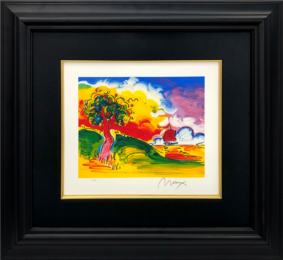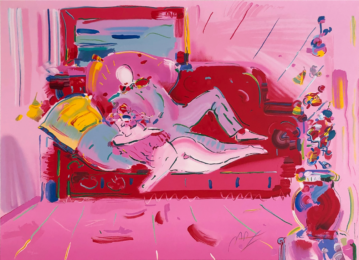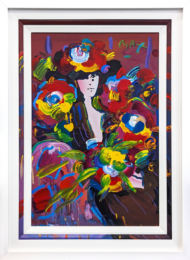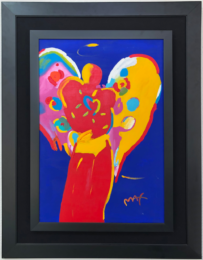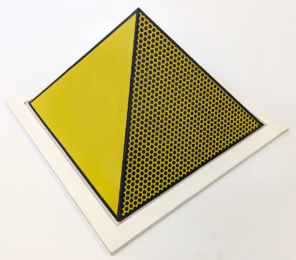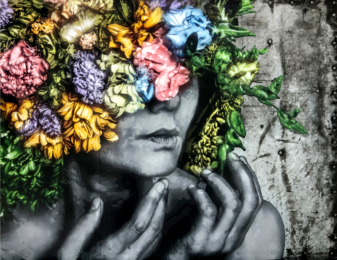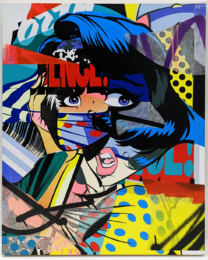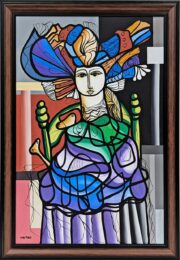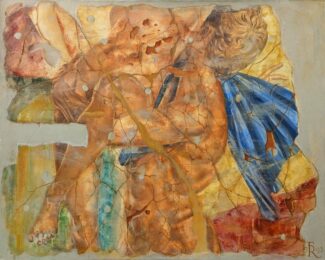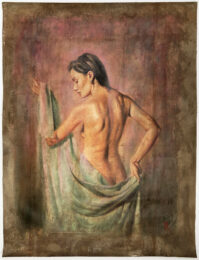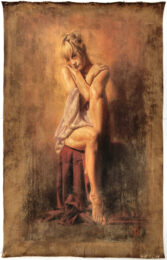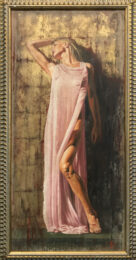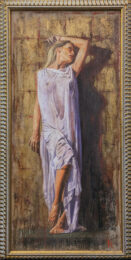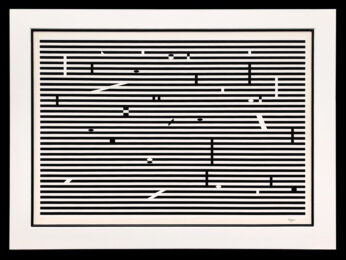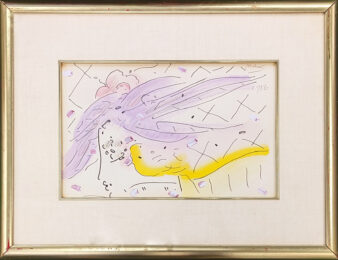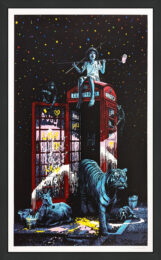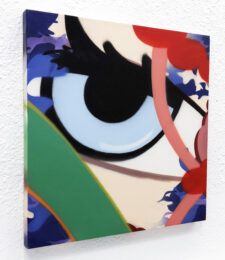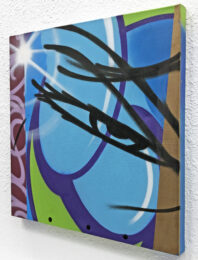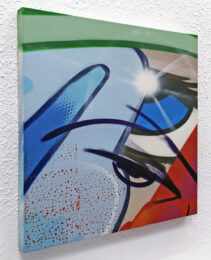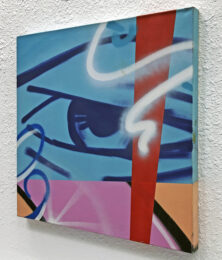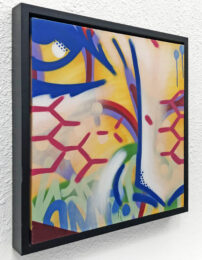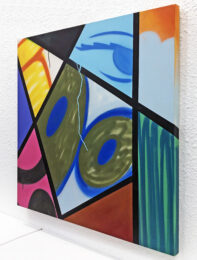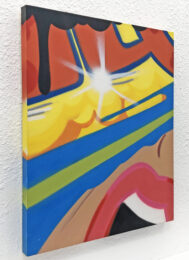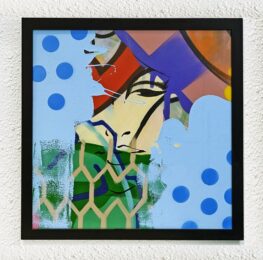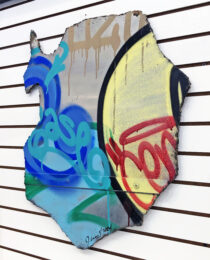Details — Click to read
Screen print on arches aquarelle (rough) paper. Hand signed lower right by Andy Warhol; hand signed lower left by Mick Jagger. Edition 35/250 (there were also 50 artist’s proofs). Artwork size 43 x 29 inches. Frame size 49.5 x 34.5 inches. Printed by Alexander Heinrici, New York. Published by Seabird Editions, London, England.
Artwork is in excellent condition. All reasonable offers will be considered.
In 1969 the Rolling Stones worked on their ninth studio album Sticky Fingers. The band approached Andy Warhol and asked him to design its sleeve. Warhol agreed and received a letter from Mick Jagger that included a polite warning not to make the cover too complex to avoid problems during production. Warhol ignored Jagger’s warning and went on to produce an unforgettable cover that featured a close-up shot of actor and “Warhol superstar” Joe Dallesandros. Warhol also expanded into the realm of performance art with a traveling multimedia show called The Exploding Plastic Inevitable, which featured The Velvet Underground, a rock band. Warhol also worked with his Superstar performers and various other people to create hundreds of films between 1963 and 1968. These films were scripted and improvised, ranging from conceptual experiments and simple narratives to short portraits and sexploitation features. His works include Empire (1964), The Chelsea Girls (1966), and the Screen Tests (1964-66).
About the Artist: Andy Warhol (American, 1928–1987) was a leading figure in the Pop Art movement. Like his contemporaries Roy Lichtenstein and Robert Rauschenberg, Warhol responded to mass-media culture of the 1960s. His silkscreens of cultural and consumer icons—including Marilyn Monroe, Elizabeth Taylor, Campbell’s Soup Cans, and Brillo Boxes—would make him one of the most famous artists of his generation. “The best thing about a picture is that it never changes, even when the people in it do,” he once explained. Born Andrew Warhola on August 6, 1928 in Pittsburgh, PA, he graduated from the Carnegie Institute of Technology in 1949. Moving to New York to pursue a career in commercial illustration, the young artist worked for magazines such as Vogue and Glamour. Though Warhol was a gay man, he kept much of his private life a secret, occasionally referencing his sexuality through art. This is perhaps most evident in his drawings of male nudes from the 1950s, and later in his film Sleep (1963), which portrays the poet John Giorno nude. In 1964, Warhol rented a studio loft on East 47th street in Midtown Manhattan which was later known as The Factory. The artist used The Factory as a hub for movie stars, models, and artists, who became fodder for his prints and films. The space also functioned as a performance venue for The Velvet Underground. During the 1980s, Warhol collaborated with several younger artists, including Jean-Michel Basquiat, Francesco Clemente, and Keith Haring. The artist died tragically following complications from routine gall bladder surgery at the age of 58, on February 22, 1987 in New York, NY. After his death, the artist’s estate became The Andy Warhol Foundation and in 1994, a museum dedicated to the artist and his oeuvre opened in his native Pittsburgh. Today, his works are held in the collections of the Art Institute of Chicago, Museum of Modern Art in New York, and the Tate Gallery in London, among others. A major retrospective of Warhol’s work took place at the Whitney Museum of Art in New York in 2019.

